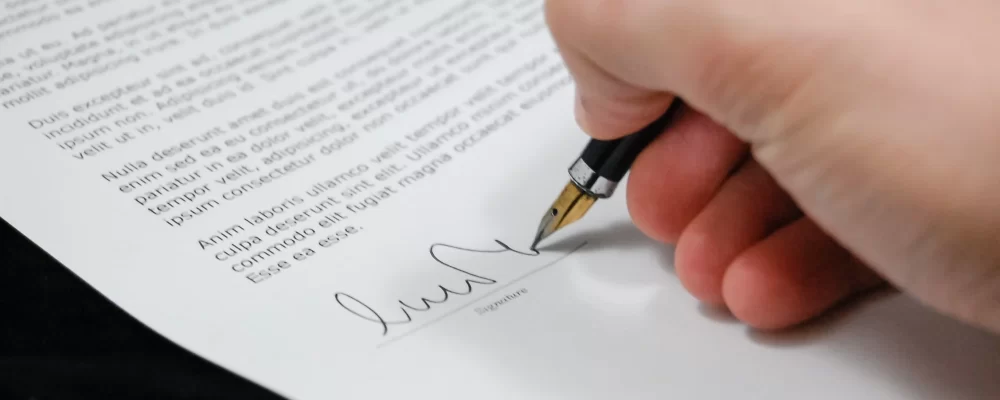The Conveyancing Document
The conveyancing deed is the legal document used to transfer ownership of real estate. It is an important document that must be executed correctly and submitted to the local registrar’s office within four months of its execution. It should contain all original documents, including title deed and mortgage. The transaction must be properly registered and the stamp duty should be paid before it becomes effective. It should be carefully drafted and reviewed by a lawyer before it is signed.
The conveyancing deed is a financing instrument that gives fee title to a property. It may include terms and conditions that are binding for future owners. The deed may include a restriction that the next owner must follow. A breach of duty can be considered a breach in contract. Failure to perform duties can be fraud or a breach. Equally, both parties can be sued. There can be multiple estates within the same property, despite the fact that the property is legally theirs.
To protect the buyer against a lien from unpaid property tax, a conveyancing deed will be necessary. This lien can cause problems and even result in the buyer being out of pocket. A deed of conveyance also provides written evidence of title transfer. It also contains key information about both the property and the buyer. Obtaining a conveyancing deed is a legal necessity and can be obtained legally.
When purchasing property, a conveyancing deed is essential. It protects the new owner against potential problems that could arise from unpaid property taxes. A county lien can be placed on the property if a property tax is not paid. This can be very costly to remove. A deed is the best proof of title transfer and is necessary to transfer ownership. Don’t wait and get your conveyancing certificate today!
What is a conveyancing document ?
A conveyancing document protects the buyer against unpaid property taxes and ensures that the property is free from liens. A deed to conveye is an important legal document that must be recorded before it is transferred. The seller will need copies of the authorised payment receipts. The seller will need to pay off any outstanding loans and inform the lender. It is vital that both parties be present during the execution of a conveyancing deed.
It is essential to ensure that the new owners receive the conveyancing document when a property has been sold. In most cases, a deed is the legal document that transfers ownership of real estate. To transfer ownership of a property to a new owner, the seller will need to execute a conveyancing document. This document is important for two reasons. First, a conveyancing decree is a legal document that must always be in writing.
When you have a buyer, a conveyancing deed is executed. It will describe the property. It will also contain the date and delivery method. It will be signed by both parties. Second, a conveyancing deed will transfer the title of the property. It is a vital document that will protect both the seller or the new owner. Without the proper deed, the property cannot be sold.
A conveyancing deed protects a home buyer against any property taxes due to the previous owner. If the home buyer fails pay these taxes, a lien on the property will be placed by the county. This can potentially cost them thousands of dollar. The conveyancing document is an important piece of legal documentation that proves land ownership. It includes information about the property, new owner, and buyer.
A conveyancing document is a legal document that describes the properties that are transferred from one owner to another. It outlines the characteristics of the property, the method of delivery, and the date of delivery. It also protects the property from trespassers. A conveyancing deed plays a critical role in any real estate transaction. Its content should be carefully considered to ensure that it is accurate and complete.

